Nudo di donna – Antonio Violano
Borgo Museo | Sculture 1976 – 2004
ITALIANO | English below
La vita
“Fiorentino migratore, ha maturato il suo modo di fare scultura, ma anche la capacità di leggere la storia dell’uomo, proprio negli incontri con civiltà diverse […] eppure quando Violano ha fermato la sua attenzione sulla figura umana e su quella muliebre in particolare, ha avvertito la necessità di ricorrere a un’indagine profonda nella cultura della propria terra.” – scrive di lui il critico d’arte Tommaso Paloscia ed è proprio così. Prima di fermarsi a Barcellona, dove attualmente vive e lavora, Antonio Violano ha sviluppato la sua arte in Italia, Spagna, Francia e Stati Uniti ma è nel passato etrusco che affondano le radici del suo linguaggio. A Firenze, è membro dal 2006 dell'Accademia delle Arti del Disegno (la più antica Accademia d'arte moderna del mondo, fondata nel 1563 da Cosimo I de' Medici), presso la cui sede storica sono visibili alcune sue opere, parte della collezione permanente. Innumerevoli sono le mostre individuali e collettive in cui espone dal 1965 in poi, in Italia e all’estero. Qui ne ricordiamo un paio: negli anni ‘70 partecipa più volte alla Biennale di scultura contemporanea presso il Museo Rodin a Parigi; nel 2011 collabora a un documentario che vince il primo premio alla 54ª Biennale d’Arte di Venezia - Padiglione Italia nel Mondo.
La poetica
Non c’è un Violano figurativo e un Violano astratto: c’è il Violano che in un modo o nell’altro approfondisce il linguaggio più classico della scultura muovendosi nella cultura antica, dove incontra i fondamenti per i volumi e le forme, così come si muove per le strade di Barcellona, traendo continuamente nuova ispirazione da spazi e composizioni contemporanee. Figurativo e astratto: a volte l’uno, a volte l’altro, a volte insieme. La sua arte conserva comunque l’eredità dei grandi Maestri del Rinascimento italiano anche quando, negli anni ‘80 e ’90, inizia ad affidare il suo talento plastico anche alle forme più geometriche. Violano conosce bene la tecnica e la materia ma a lui interessa soprattutto l’emozione. Vuole ritrarre l’emozione e per farlo osserva, considera e prende consapevolezza della realtà: tre diversi momenti psicologici attraverso i quali passa dalla sensibilità all’espressione e quindi alla memoria che prende forma e diventa corpo, luce e ombra, pieni e vuoti, curve morbide o linee rette.
L’opera a Castagno
Un Nudo di donna – un classico, si può dire, conoscendo l’arte di Violano – qui in bronzo, in uno stile principalmente figurativo ma con una percepibile tendenza all’astrattismo. La polposa naturalezza del corpo, la luminosità dei volumi, la sensualità compatta, la morbidezza delle linee, sono tratti che caratterizzano questo suo filone. “La mia fonte d’ispirazione è la Natura” spiega l’artista, e le sue sculture - come questa - sono infatti ispirate alle onde del mare o alle nuvole del cielo che mosse dal vento creano forme e immagini di un sistema scultoreo che provoca in lui emozione ed erotismo. Sensazioni che cerca di trasformare in arte e comunicare a chi osserva le sue creazioni.
ENGLISH
Biography
“A Florentine traveller, he developed his method of creating sculptures, but also his capacity to read into human nature through his meeting with diverse civilisations […] and yet when Violano dedicated his attention to the human figure, and in particular the female figure, he felt the need to resort to a deep investigation of the culture of his homeland.” - a fitting description written by the art critic Tommaso Paloscia. Before settling in Barcelona where he currently lives and works, Antonio Violano built on his art in Italy, Spain, France and the United States, but the roots of his expression dig deep into his Etruscan past. Since 2006 he has been a member of the Accademia delle Arti del Disegno (the oldest Academy of modern art in the world, founded in 1563 by Cosimo I de' Medici) where some of his works of art are on display in the historical building as part of the permanent collection. He has displayed work at countless individual and collective exhibitions since 1965 both in Italy and abroad. For example, he took part in the contemporary sculpture exhibitions at the Rodin Museum in Paris during the Seventies; in 2011 he collaborated on a documentary that won first prize at the 54th Biennale d’Arte di Venezia - Padiglione Italia nel Mondo.
Philosophy
It’s not that there’s a figurative Violano and an abstract Violano: there’s the Violano that masters the expression of classic sculpture, studying antique cultures to understand the fundamentals of volume and shape, meanwhile he finds new inspiration from modern spaces and compositions wandering through the streets of Barcelona. Figurative and abstract: sometimes one, sometimes the other, sometimes both together. His art conserves the heritage of the great masters of the Italian Renaissance even when in the 80’s and 90’s he adapts his talents to more geometric designs. Violano has a solid understanding of tecnique and materials, but overall it’s the emotion that interests him the most. He wants to capture emotion and to do that he observes, considers and becomes aware of the reality: three different physcological moments from understanding to expression, and then memory to take shape and become body, light and shadow, fullness and hollows, soft curves or straight lines.
Artwork in Castagno
The bronze “Nudo di donna” (Female nude) in a prevalently figurative style, but with a perceptable abstract tendency could be considered a classic Violano artwork.The portly simplicity of the body, the brightness of the curves, the compact sensuality and soft lines are apsects that characterise this approach.The artist explains that “Nature is my inspiration” and his sculptures are inspired by shapes and images created by the waves of the sea or the windswept clouds in the sky, stimulating emotion and eroticism in him: feelings that he looks to transform in his art to communicate with those observing his works.

